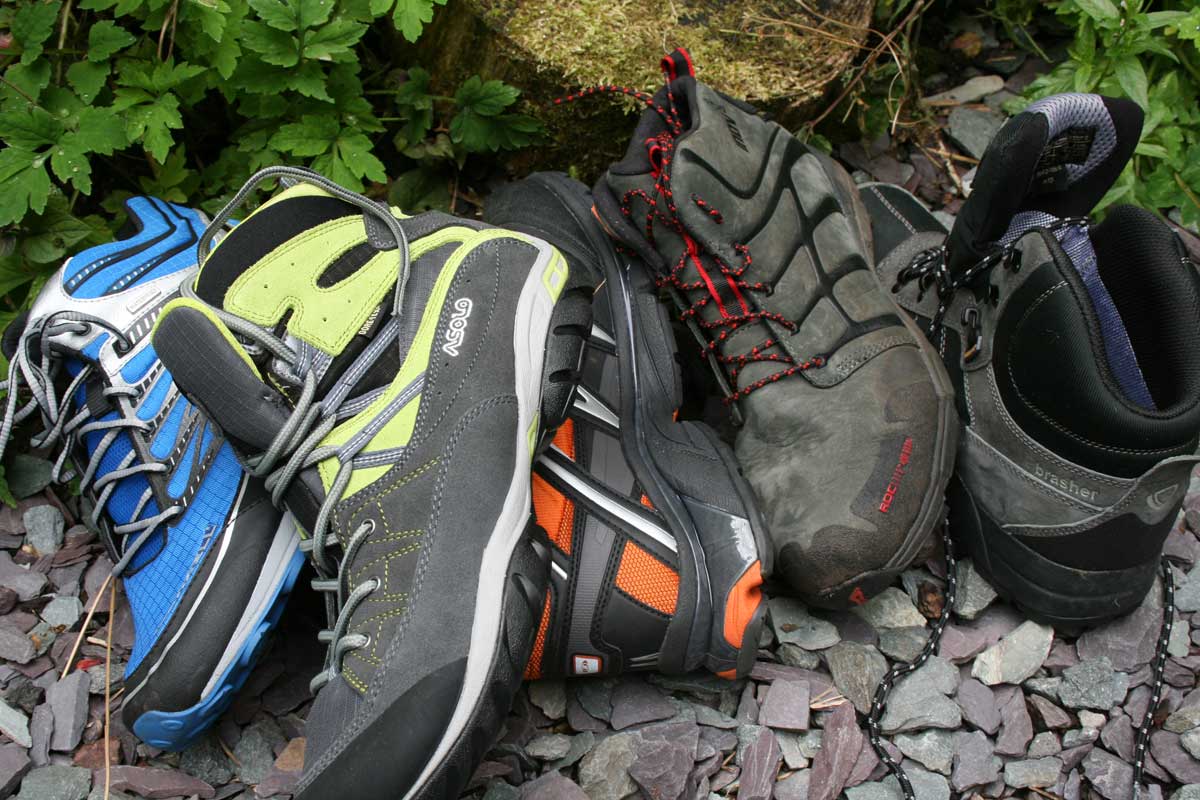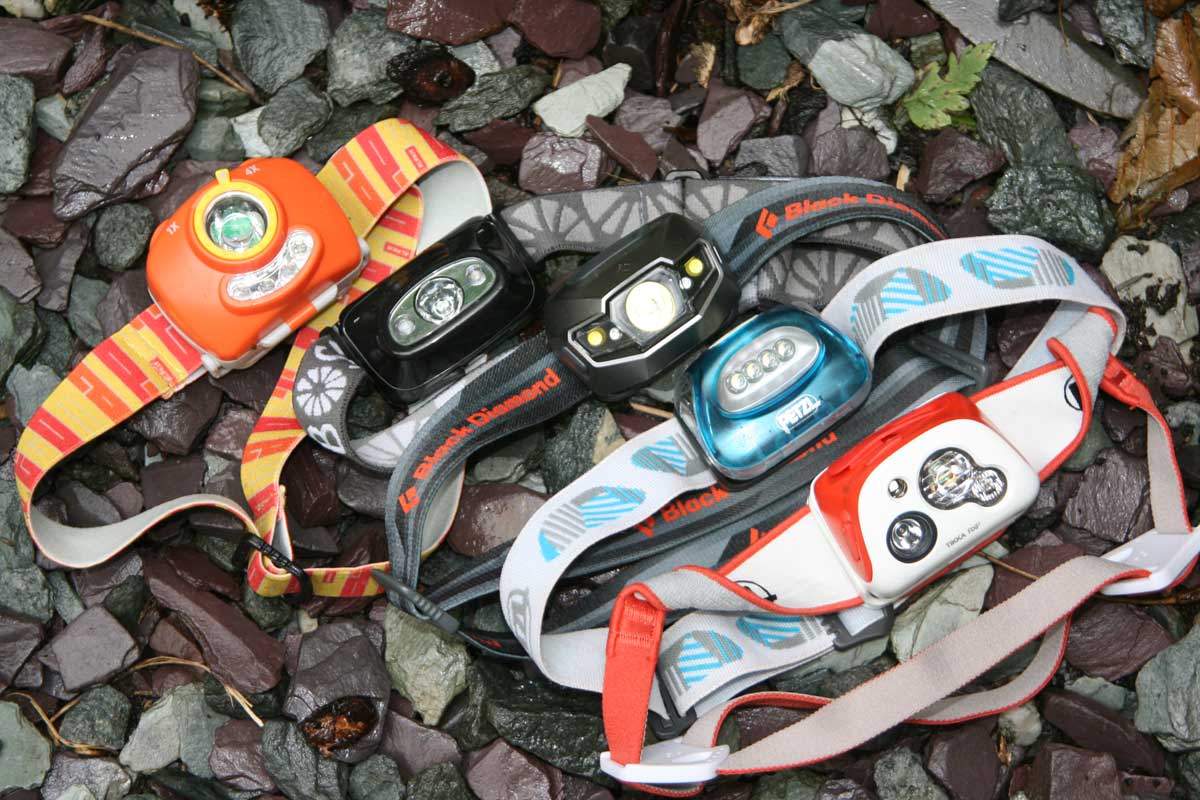Back Systems
Arguably the key to how any pack carries is the back system. Ideally you want something that’s comfortable and supportive, not too hot in summer, but with foam that doesn’t soak up sweat and rain for instant discomfort once you put it back on after a stop. For winter use, a smooth, foam pad that snow doesn’t stick to and doesn’t absorb moisture is a good call.
Ventilated Backs
There are two main types of vented systems, those that use a suspended, trampoline-type tensioned mesh to create an air gap, which can work well, but may compromise the shape of the main pack compartment and can lever away from the back with heavier loads.
Foam Backs
Others try to create air channels close to the back, by using either blocks of foam or ridged foam incorporating air channels – less effective, but with less of an impact on carrying efficiency and arguably better for year-round use. Beware of spongey-feeling foam which may be comfortable, but also tends to soak up moisture.
Thermo Moulded Packs
Often used on technical mountain packs, thermo moulded backs use a smooth foam surface which won’t absorb water or allow snow to stick to it. They can feel sweaty in summer, but the pay off is lack of sogginess and a firm but usually supportive padding.
Structure
Finally, all but the most minimalist packs will include some sort of supportive stiffener or frame which not only provides more support, but will stop the contents of the pack sticking uncomfortably into your back.













